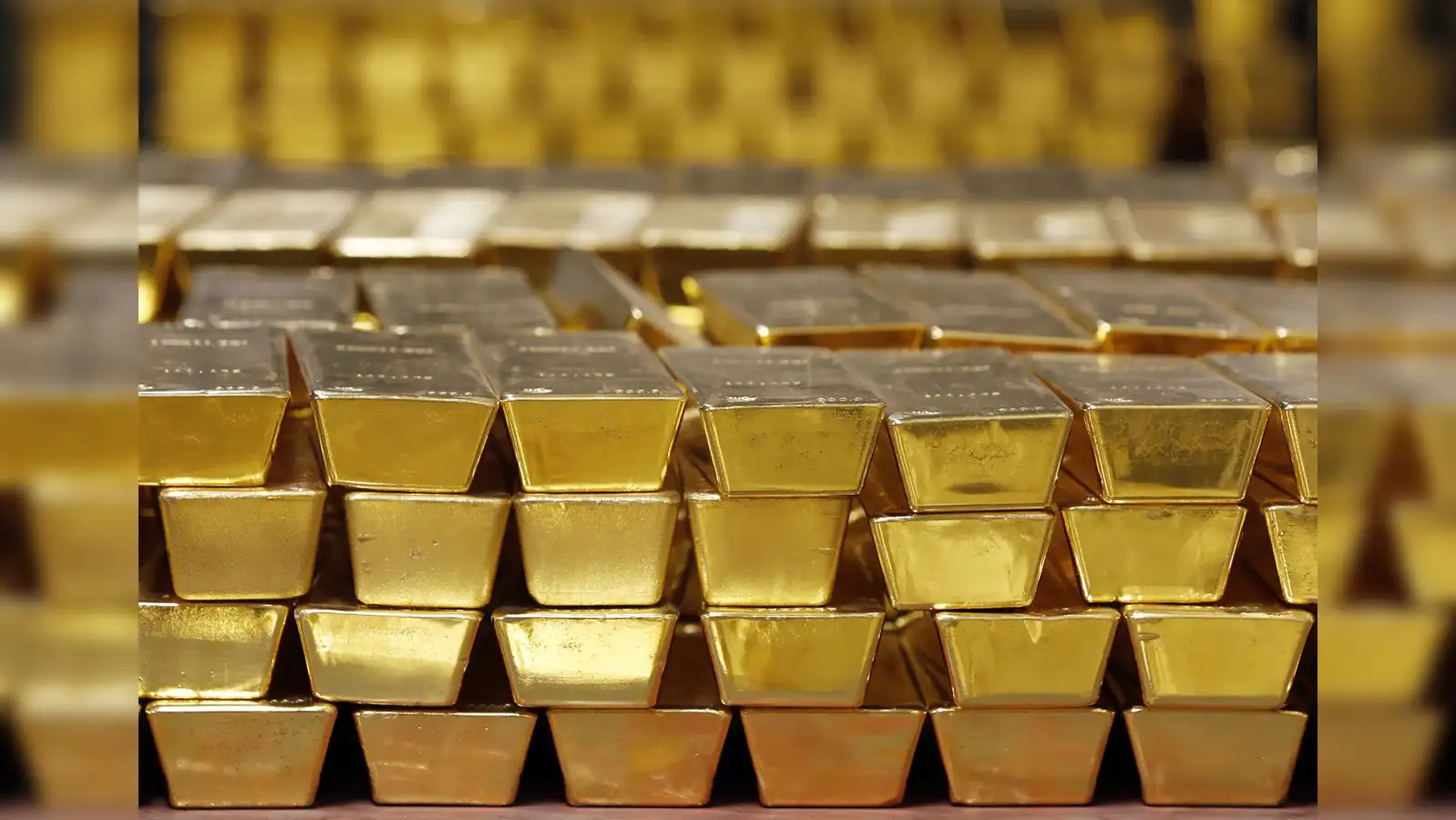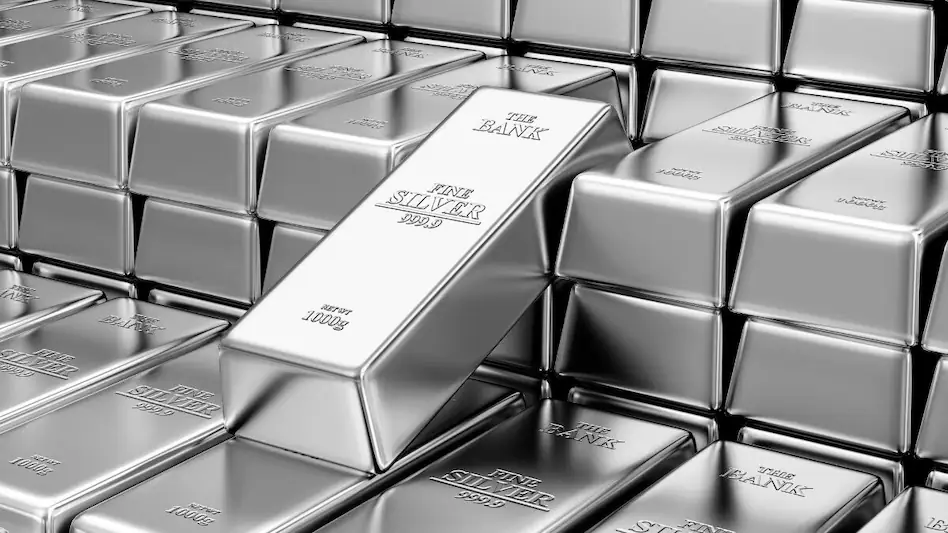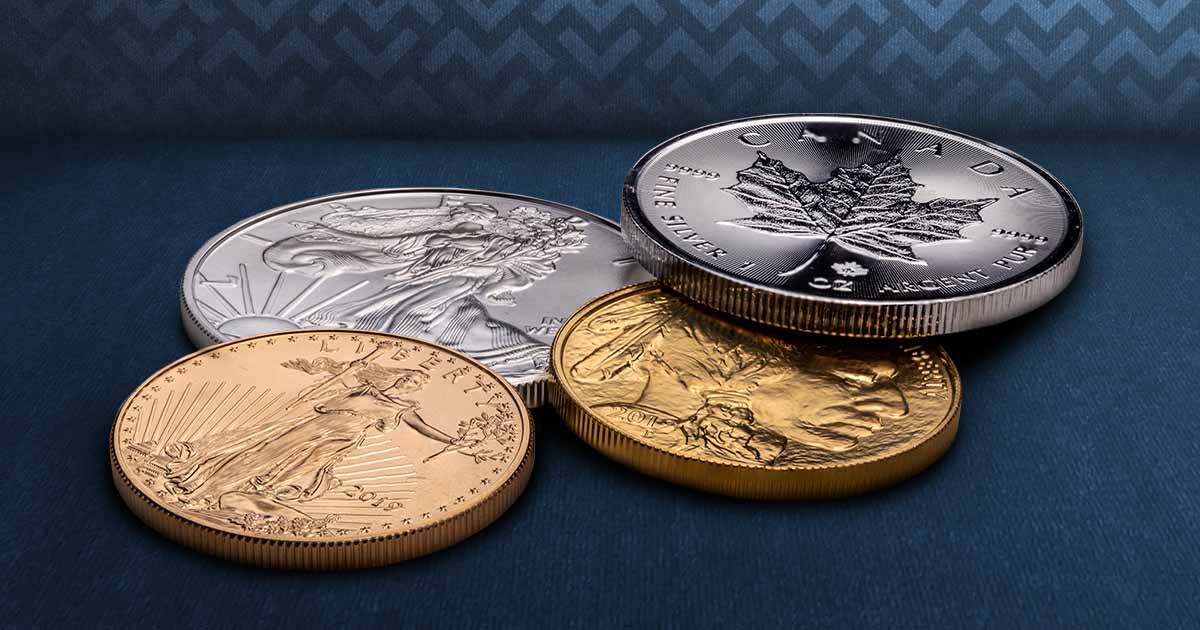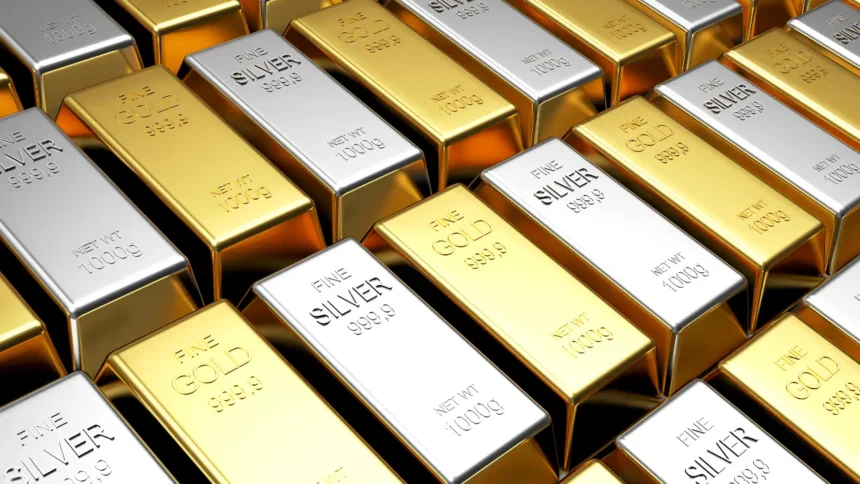Precious metals have always been considered safe-haven assets, especially during times of uncertainty. Among them, gold and silver hold a unique place in global markets. Both have been valued for centuries not only as currency substitutes but also as symbols of wealth, security, and cultural importance.
In 2025, the debate over gold vs silver as an investment has become more relevant than ever. With record highs in gold prices, growing industrial demand for silver, and fluctuating global economic conditions, investors are asking: Which is the better investment in 2025 — gold or silver?
This guide provides a detailed outlook, analyzing the strengths and weaknesses of both metals, their market drivers, and the scenarios that may shape investment returns.
1. Gold in 2025

Gold continues to be the world’s most recognized safe-haven asset. By 2025, it has already reached new all-time highs, fueled by central bank buying, inflationary concerns, and a weaker dollar.
Key Factors Driving Gold in 2025
-
Central Bank Demand – Central banks across the globe are adding gold to their reserves to hedge against currency risks and geopolitical uncertainty.
-
Inflation Hedge – Gold is traditionally seen as a hedge against inflation. With inflationary pressures persisting, demand has remained strong.
-
Geopolitical Tensions – Wars, sanctions, and political instability push investors to seek the stability of gold.
-
Limited Supply – Gold mining output grows slowly compared to demand, creating long-term scarcity value.
Advantages of Gold in 2025
-
Proven safe-haven asset.
-
Strong global demand.
-
Less volatile than silver.
-
Acts as a hedge against inflation and currency depreciation.
Challenges with Gold Investment
-
High entry cost (prices per ounce are near records).
-
Slower short-term gains compared to silver.
-
Sensitive to interest rate movements from the U.S. Federal Reserve.
2. Silver in 2025

Silver, often called “the poor man’s gold,” is more than just a precious metal. Unlike gold, silver has a strong industrial demand, especially in the technology, solar energy, electric vehicles, and medical industries.
In 2025, silver is riding on two big drivers:
-
Its role in green technologies (solar panels, EV batteries).
-
Its affordability compared to gold, attracting retail investors.
Key Factors Driving Silver in 2025
-
Industrial Usage – Over 50% of silver demand comes from industries. With clean energy expansion, demand has surged.
-
Price Volatility – Silver prices move faster than gold (both up and down). This creates opportunities for traders.
-
Gold-Silver Ratio – Historically, the ratio of gold price to silver price fluctuates. In 2025, the ratio remains wide, suggesting silver could have stronger upside potential if it “catches up” to gold.
-
Investor Interest – Retail buyers and smaller investors are increasingly attracted to silver as gold becomes too expensive.
Advantages of Silver in 2025
-
Lower cost entry point than gold.
-
Strong growth in demand from renewable energy and technology sectors.
-
Higher potential upside compared to gold.
Challenges with Silver Investment
-
High volatility makes it riskier.
-
Smaller market than gold, meaning prices can be influenced heavily by speculation.
-
Industrial slowdown could reduce demand.
3. Gold vs Silver: The Historical Context
Historically, gold has been the “king of metals,” acting as a monetary standard and safe-haven. Silver has been its counterpart — widely used in trade, industry, and as secondary savings.
The gold-to-silver ratio (how many ounces of silver equal one ounce of gold) is an important measure. Historically, it has ranged between 40:1 and 100:1. In 2025, with gold much more expensive, silver looks undervalued by this ratio, suggesting it could outperform if the ratio normalizes.
4. Comparing Gold and Silver in 2025
| Factor | Gold | Silver |
|---|---|---|
| Safety & Stability | High – global safe-haven asset | Medium – volatile, less used as a hedge |
| Industrial Demand | Low – mostly jewelry & reserves | High – electronics, solar, EV, medical |
| Volatility | Low to Medium | High |
| Liquidity | Very High (global acceptance) | High, but lower than gold |
| Entry Cost | Expensive | Affordable |
| Long-term Outlook | Stable, slow growth | Potentially higher growth but risky |
5. Practical Investment Strategies

For Conservative Investors
Gold remains the better choice in 2025 due to its stability and proven role as a hedge against inflation and crises. If you prioritize wealth preservation, gold is the safer pick.
For Aggressive or Growth-Oriented Investors
Silver offers more upside potential, especially with industrial demand booming. If you are willing to handle volatility, silver can deliver larger percentage gains.
For Balanced Portfolios
A mix of both metals provides diversification. A common strategy is to hold 70% gold and 30% silver, adjusting based on market conditions.
6. Risks to Watch in 2025
-
U.S. Monetary Policy – If the Fed delays interest rate cuts, gold and silver could face pressure.
-
Dollar Strength – A stronger U.S. dollar typically weakens both metals.
-
Global Growth – A slowdown in industrial demand could hurt silver more than gold.
-
Speculative Flows – Silver is especially vulnerable to sudden inflows and outflows from traders.
7. Final Verdict: Which is Better in 2025?
-
Gold is better for investors seeking safety, long-term preservation of wealth, and lower risk exposure.
-
Silver is better for those who want higher growth potential, exposure to green technology trends, and can tolerate volatility.
In 2025, the ideal approach is not “gold vs silver,” but rather “gold and silver together.” Holding both metals provides a balance of stability and growth potential.









